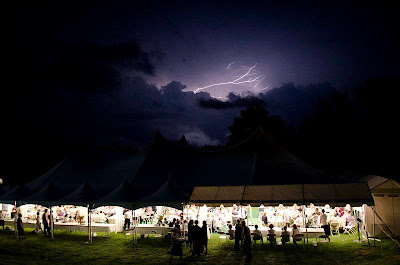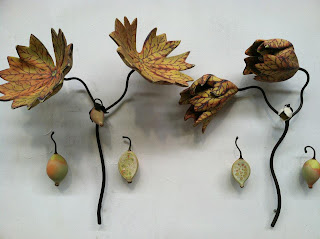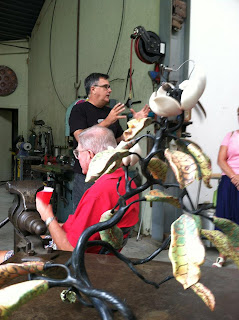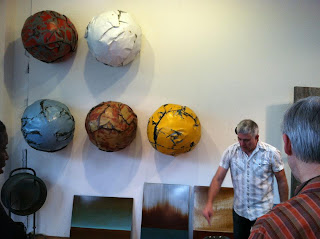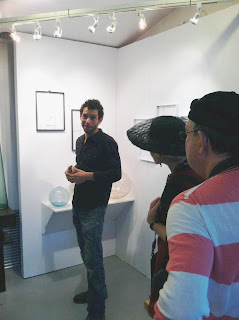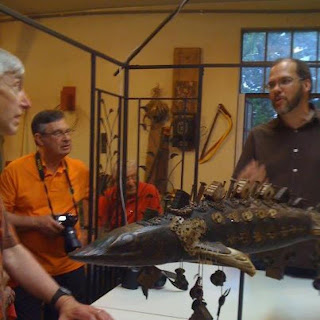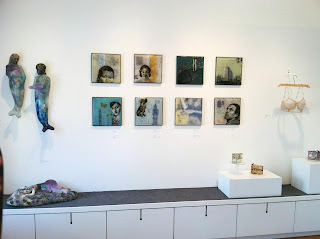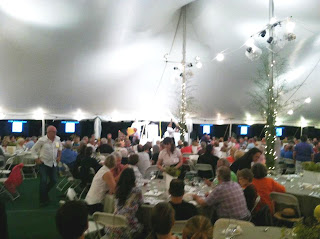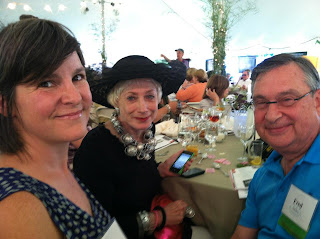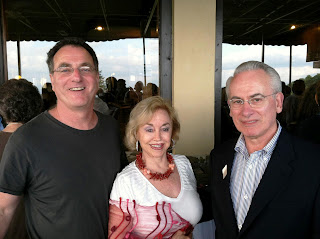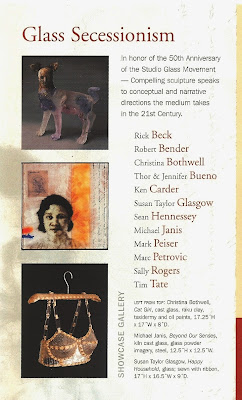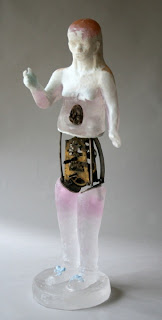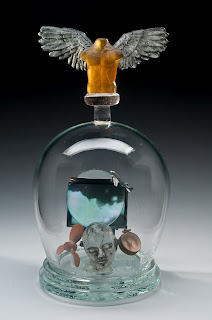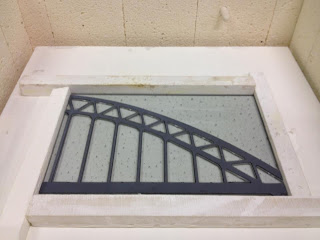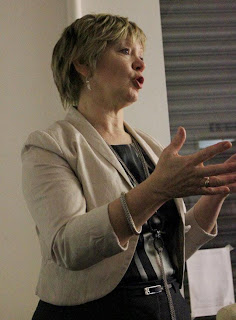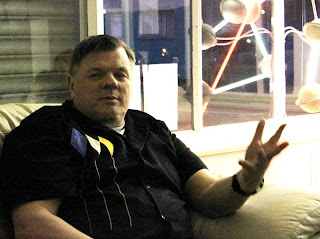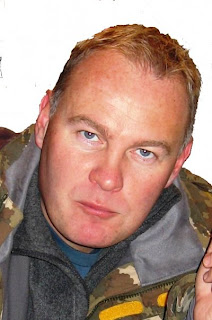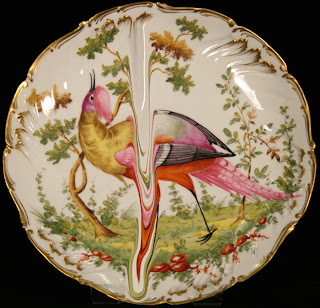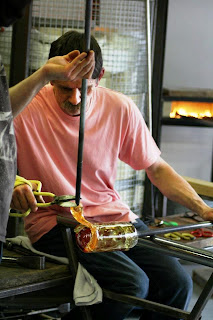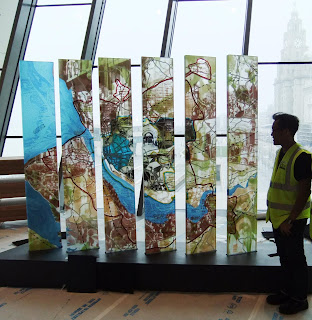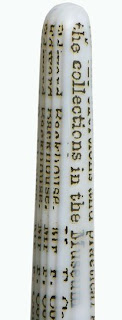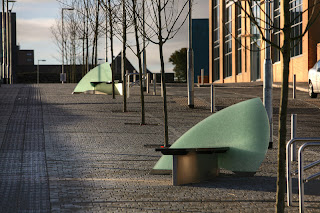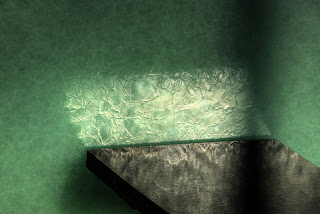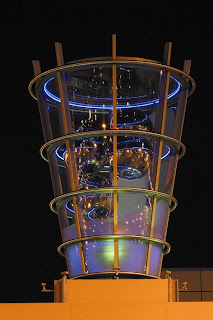>
 |
|
Penland School of Craft – the national center for craft education located in North Carolina’s Blue Ridge Mountains |
Some of the Washington Glass School instructors are preparing to teach a Fall Course at Penland School of Craft in North Carolina, starting October 7, 2012.
Tim Tate will be leading a class on “The 21st Century Reliquary”, where the class will explore concepts for contemporary reliquaries – both the ideation and creation.
 |
| Robert Kincheloe will be handling the torchwork aspects for the class. |
Teaching assistants Sean Hennessey and Robert Kincheloe will help the students complete the necessary technical glass components as they work.
Sean Hennessey will be helping the students make molds. The process that Sean uses to take life-casting is the same as he will be teaching in the upcoming Washington Glass School course – “Life Casting” that starts in December.
| Sean Hennessey takes a casting of his hands in an alginate mold. |
| The mold material sets up quick and is ready for the fill material within 10 minutes. |
| For this casting – a demo piece for the Penland class – Sean uses concrete as the fill material. |
The last time Washington Glass taught at Penland was in the 2008 Affecting Plate Glass with Tim Tate and Michael Janis. That was a fun class, and we have stayed in touch with many of the students.
 |
| 2008’s Affecting Plate Glass Class @ Penland |
Jennifer Lindstrom was the teaching assistant for that class and she made sure the students were kept in line.
| Jennie “helps” student Joyce Knott. (Students – this image shows the importance of reading the liability waiver.) |
| What we do in the name of art. |
Said Tim of the upcoming class – “Going to Penland is to me, like going home – I hope that we can all experiance that kind of love and growth in this course”.


